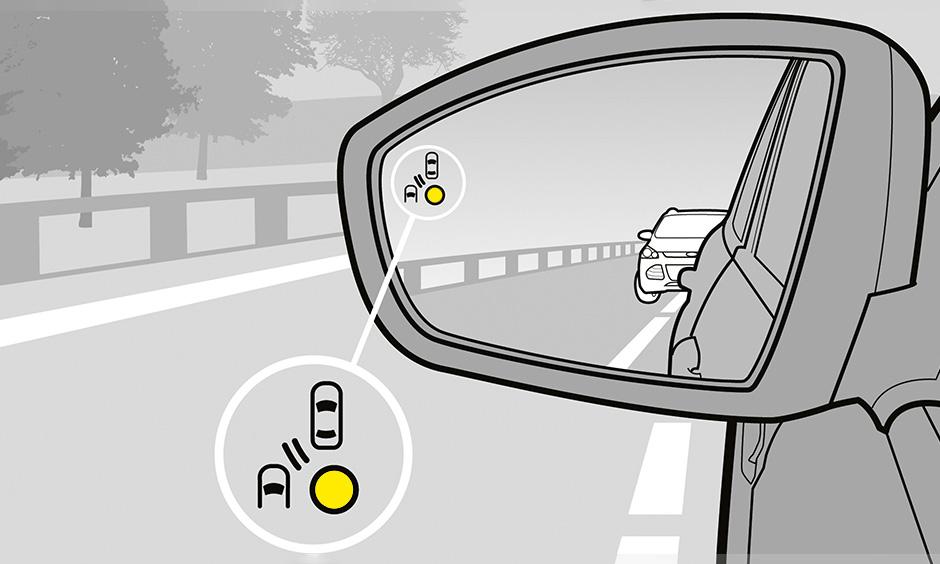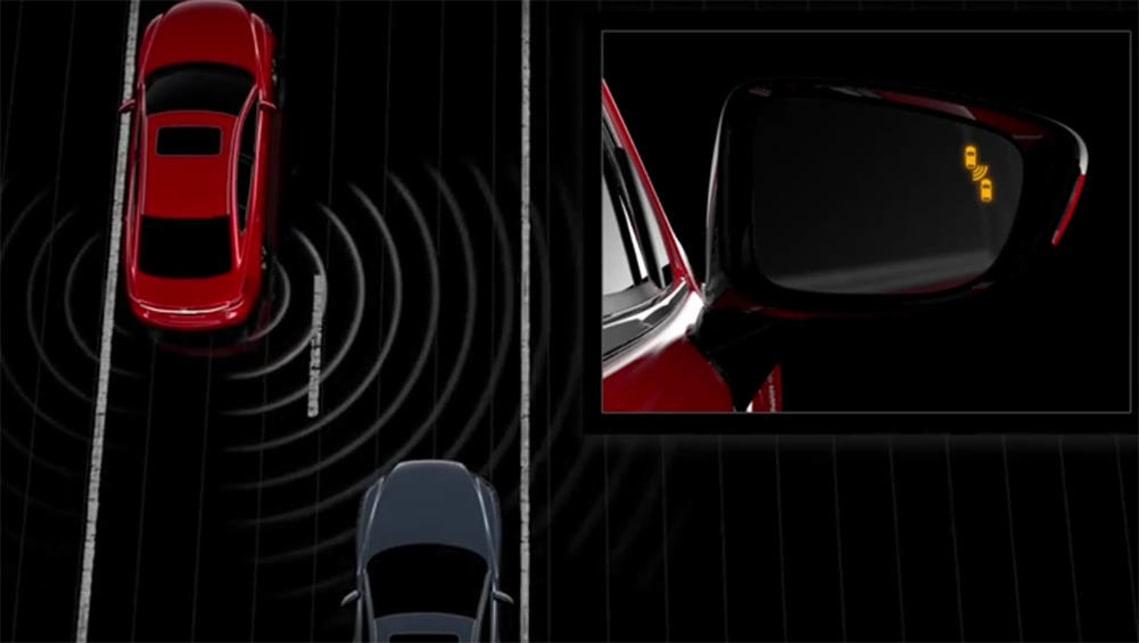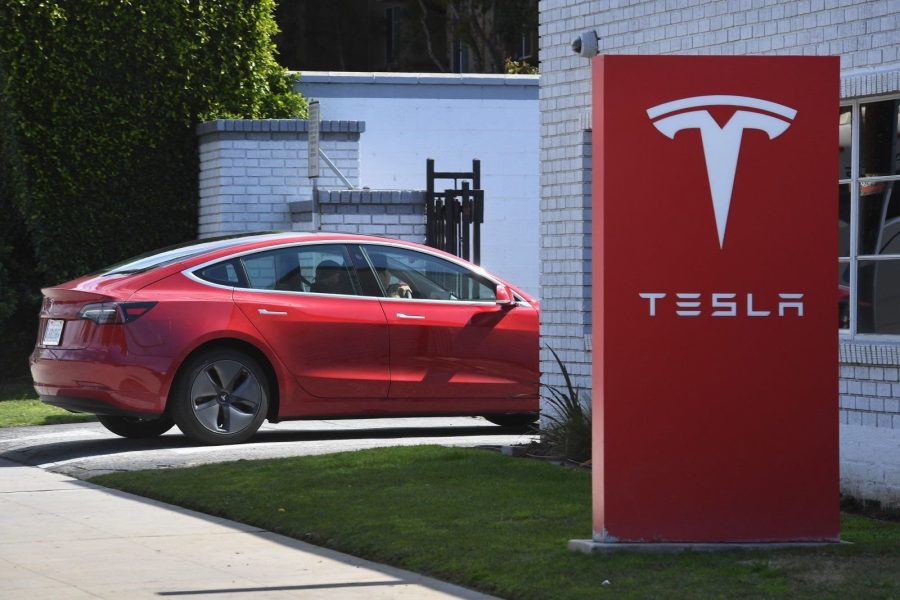
What is blind spot monitoring?
Content

What is blind spot monitoring?
In theory, any properly trained and fully awake driver doesn't need blind spot monitoring because when changing lanes, he turns his head and looks at the lane next to him, but, fortunately, car companies know that not all drivers are properly trained. Or fully awake.
You really have to be a motorcyclist, or at least know one, to understand the irony that Volvo invented the Blind Spot Information System (BLIS) back in 2003.
The relationship between Volvo drivers and motorcycle enthusiasts is as tense and complicated as the relationship between Kevin and Julia or Tony and Malcolm.
Some motorcyclists even rode around with stickers on their helmets, declaring them "Volvo Aware Rider", a brutal parody of "Motorcycle Aware Driver" bumper stickers.
In short, people on motorcycles have long believed that Volvo pilots want to kill them, either out of negligence or out of sheer malice.
While the technology itself is widely available, the sad news is that it is generally not standard.
Motorcyclists, of course, are most at risk of being hit by people who don't check their blind spots, because it's much easier for them to get lost in that damned space above your left and right shoulder while driving.
It was joked among racing drivers that the only thing that could turn a Volvo driver's head is the sight of another Volvo passing by.
You can't blame the Swedes when it comes to safety, and they invented the ingenious BLIS system, which has undoubtedly saved the lives of many racers, not to mention preventing countless thousands of car collisions caused by lazy drivers. or inattentive necks.
The first system used cameras to detect vehicles in your blind spot and then flash a warning light in your mirror to let you know they were there rather than change lanes.
How does it work?
Volvo's system originally used digital cameras mounted under the side mirrors that continuously monitored the vehicle's blind spots, taking 25 shots per second and then calculating the changes between frames.
Since cameras don't work very well in some situations - in fog or in snow - many companies have switched to or added radar systems.
For example, Ford, which also uses the acronym BLIS, uses two multi-beam radars in your car's rear side panels to detect any vehicle entering your blind spots.
Some cars also add annoying little warning chimes to accompany flashing lights in the side mirror.
Not to be confused with…
Blind spot monitoring systems should not be confused with lane departure warning or lane keeping assist systems, which typically use cameras to look at road markings rather than other vehicles (although some systems do both) .
The purpose of a lane departure monitor is to notice if you are moving out of your lane without pointing it out. If you do, they'll flash your headlights, buzzers, vibrate your steering wheel, or even, in the case of some expensive European brands, use autonomous steering to gently bring you back to where you need to be.
Which companies offer blind spot monitoring?
While the technology itself is widely available, the sad news is that it is generally not standard on entry-level or cheap cars.
Those in the industry are quick to point out that putting this kind of technology into rear-view mirrors is an expensive undertaking, and that since these mirrors are something that sometimes goes missing from your car, it can also make them more expensive. replace and those in the cheapest market may not want that grief.
In reality, however, blind spot monitoring is a feature that should be standard – as it is on all Mercedes-Benz models, for example – because it can and does save lives.
Surprisingly, the other two Germans are not so generous. Lane change warning, as they call it, is standard on all BMWs since the 3 Series, which means anything less skips, and the Mini sub-brand doesn't offer the technology at all.
Audi makes this a standard offering from the A4 and up, but buyers of the A3 and below should shell out.
Volkswagen doesn't give you that option on the Polo because it's an older generation car that wasn't designed with this system, but most other models will come with the system on mid or high end models.
As a rule, this is the case; if you want it, you will have to pay for it. Hyundai offers the blind spot technology standard on its Genesis limousine, but on all other vehicles, you'll need to upgrade to the mid-range or high-end to enable it.
Same story with Holden and Toyota (although this is standard on almost all Lexus except RC).
Mazda offers its version as standard on the 6, CX-5, CX-9 and MX-5, but you need to upgrade the performance of the CX-3 and 3. It's not available on the 2 at all.
At Ford, you can get BLIS as part of a $1300 safety package where it's paired with other convenience features like automatic emergency braking, and about 40 percent of Kuga buyers choose this option, for example.
Has blind spot monitoring ever saved your or someone else's neck? Tell us about it in the comments below.
